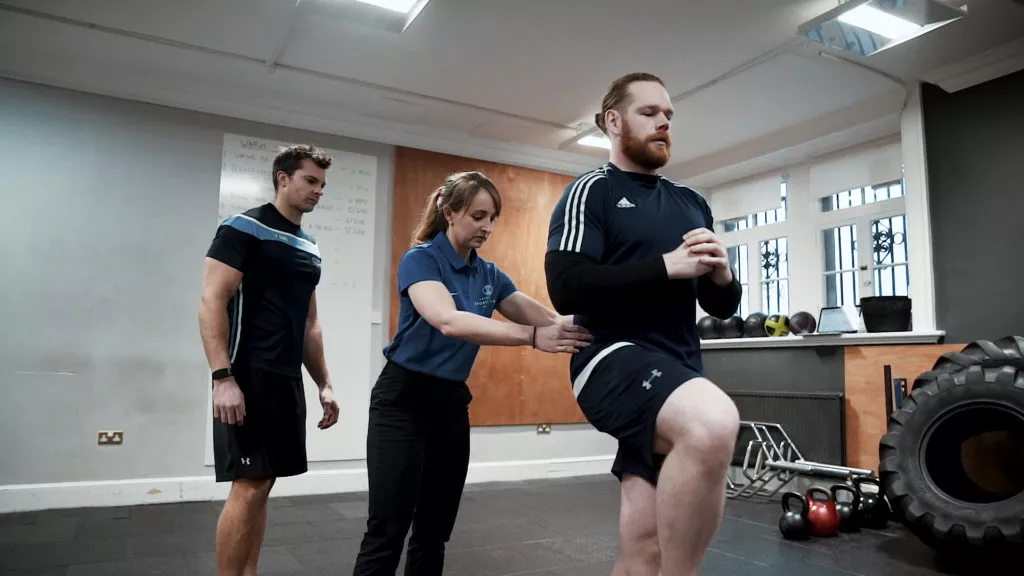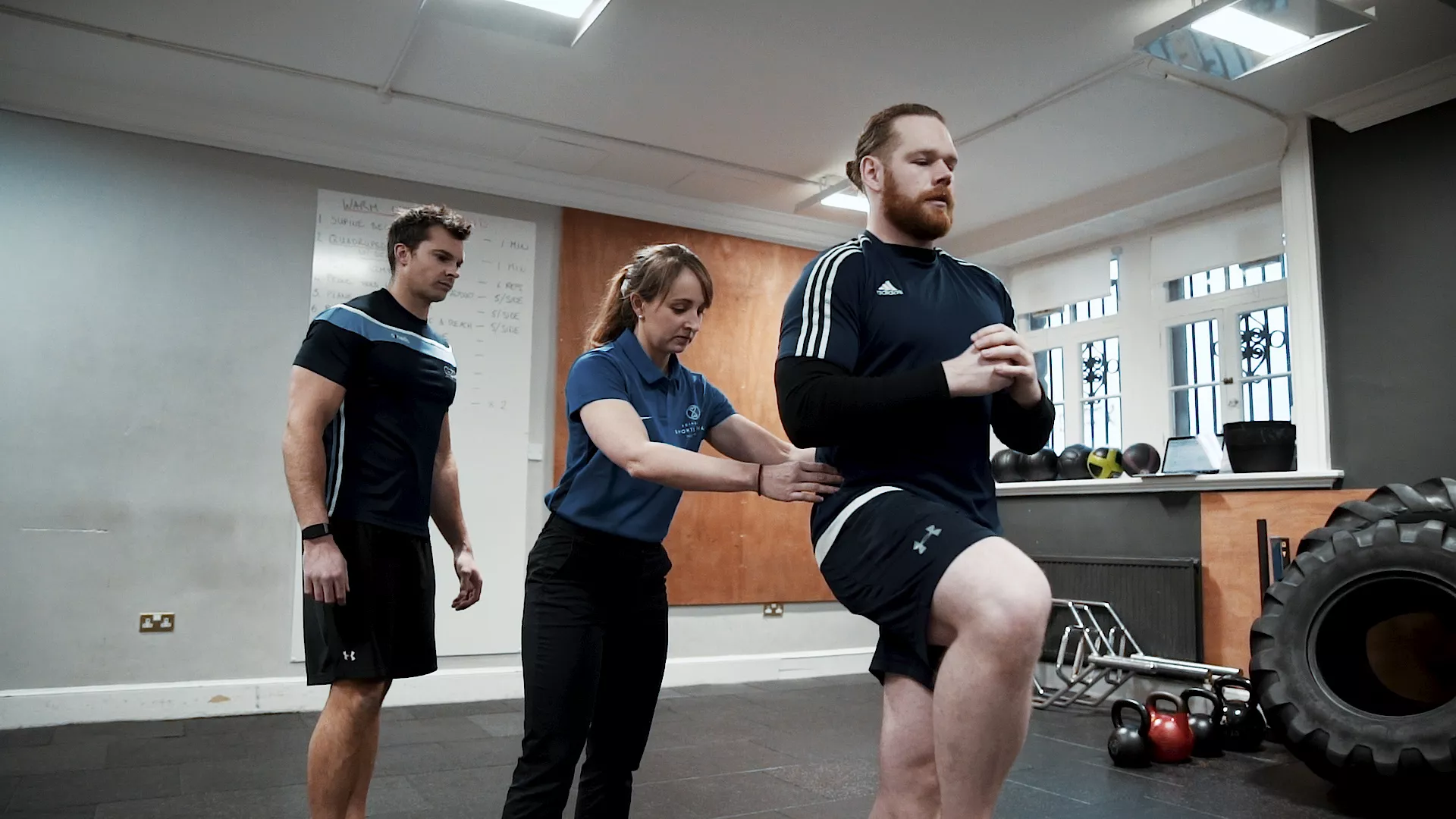Audience: Picked up an injuring, feeling frustrated and if training is worth it
Overview: Injuries are a common part of training, and happen to everyone. Whilst injuries can slow progress, they don’t necessarily mean you need to take a complete break from training. There’s always ways to modify your training to continue making progress in other ways.
Time to read: 4 minutes
I’d like to describe a scenario for you…
All is well, you exercise regularly and enjoy an active life with your family and social life with your friends. Then one day you pick up an injury for whatever reason. You feel like maybe you can’t continue to do what your used to.
You start to feel like you’ll never meet the goals you have set yourself.
You start to question what the point of goals are if you are only going to get injured and ultimately have to decide just to stop completely.
Does this scenario sound familiar to you?
What if I told you this reaction was completely normal and there are strategies available to manage the psychological impacts injuries can have?
I’m Johnny from G2G Coaching and I’m going to give you some strategies I use personally and with my clients while recovering from an injury.
When injured, the tendency is to focus on the negatives.
“I’m broken therefore I can’t do anything”
“I’ll never recover properly therefore what is the point of even trying?”
As I said at the start, this is normal. People are always analysing and thinking “fight or flight”, and naturally look for negative things in our environment. Having an injury will only serve to amplify this.
The accumulation of negative thoughts can have a domino effect which can contribute to depression centred around you not being able to do what you could pre-injury, and anxiety centred around the feeling of never again being able to perform at the same level as you did pre-injury.
One of the strategies I use is to encourage the person to reframe how they think about their injury. Specifically, by asking them to consider,
“What can you do, rather than what you can’t do?”
The aim of this strategy is to direct the person to focus more on the positives and enable them to recognise what they can still achieve.
What the strategy looks like in terms of your exercise regime will depend on the person, the type of injury and what you are medically cleared to do. However, if you find yourself in this position, here are some examples you can try;
- Tailor your gym programme to focus on exercises that do not affect the injury.
- Use resistance machines instead of free weights that make it easier to control and limit the range of motion
- Reduce exercise intensity or timescale
- Introduce a pain scale to manage your exercise intensity.
- Set SMART objectives to help monitor progress with injury recovery.
Focussing on what you can do is more likely to help maintain your training consistency and allow you see progress during your recovery. It will also help keep you engaged with your friends and training community, which will provide you with additional support and encouragement.
Having a more positive outlook on your injury will not repair damaged tissue or bone, but it will make the recovery journey a lot more enjoyable.
If you’ve experienced an injury in the past we’d love to hear how you got through the recovery process, and how successful it was.
Similarly, if you are currently injured or want to hear more about strategies for dealing with psychological impacts of injury, please comment below, drop as a message directly, or contact us via our website at g2g-coaching.com.
Until then, take care.

